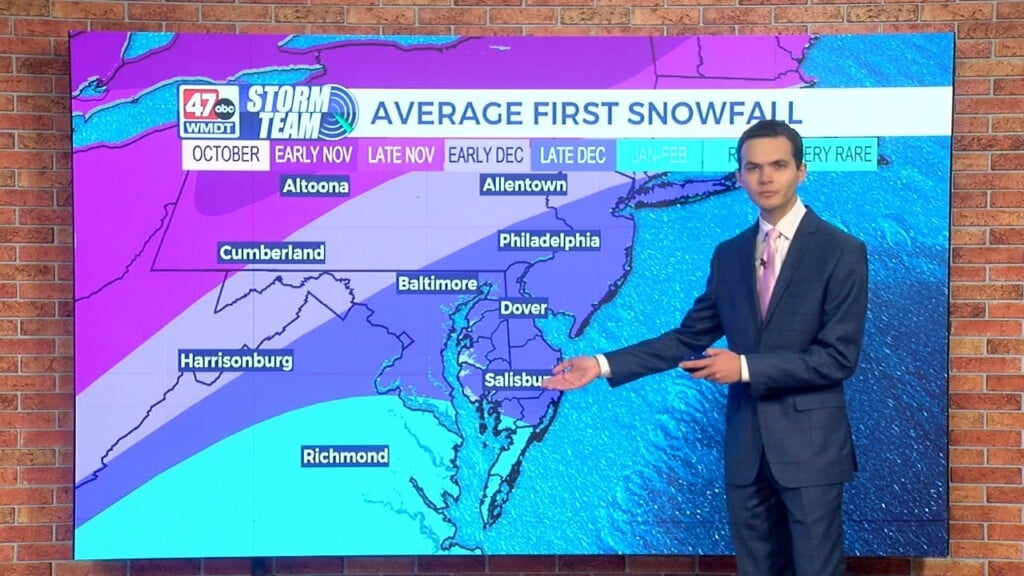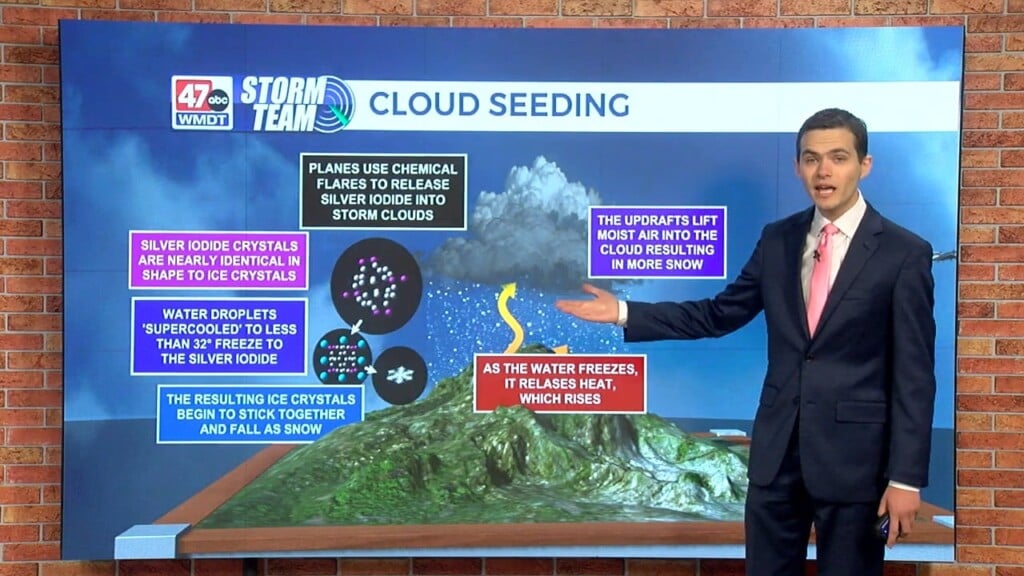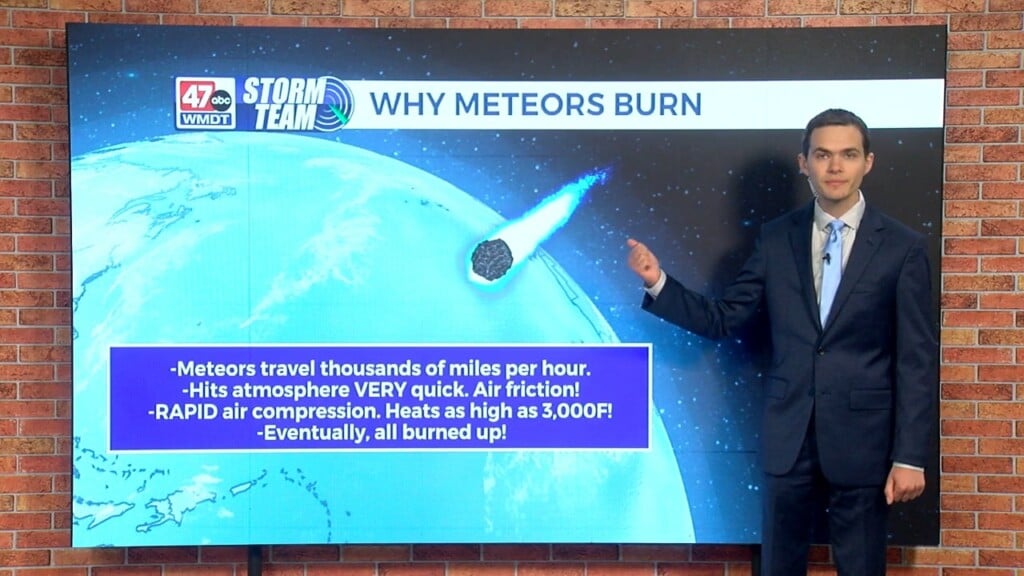Weather Tidbits: Frost Formation
This edition of Weather Tidbits will be discussing how frost forms. Frost formation is an ice crystallization process that occurs on a surface usually during a cold and calm night. Many people may see frost on their cars and/or on the grass early on a cold morning. Ice crystallization must have an air temperature of 32 degrees or below at the immediate surface. The air temperature just a few feet above the ground does not have to be at or below 32 degrees but should still be in the 30s.
Most thermometers are placed a few feet above the ground. A thermometer a few feet above the ground may read a temperature in the mid-30s, but it may be at or below 32 on the immediate surface. This is because air becomes denser as temperature decreases. The coldest, and thus, the densest air is going to sink toward the ground. This is why frost can form even when thermometers read temperatures slightly above freezing.
Frost formation best occurs during a night with calm winds, which allows for air to efficiently sink because of the lack of atmospheric mixing. A clear sky allows for an efficient escape of heat and allows for rapid cooling. Lastly, the air cannot be too dry. There needs to be some moisture in the air for the ice crystals to form on the surface.


